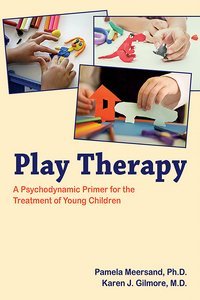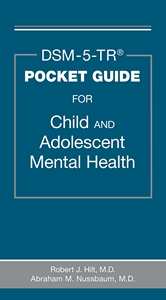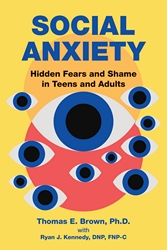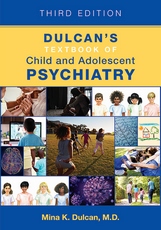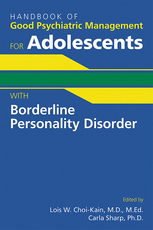Play Therapy
A Psychodynamic Primer for the Treatment of Young Children
View Pricing
Description
Play Therapy: A Psychodynamic Primer for the Treatment of Young Children provides a contemporary, comprehensive exploration of the theory and technique of psychoanalytically oriented play therapy, addressing both the dearth of writings on these topics and the frequent lack of in-depth education on the basic principles and practice of psychodynamic play therapy offered by contemporary training programs for child clinicians.
Divided into two distinct parts, this guide covers major theoretical issues—including the role of play in human development, the application of basic psychodynamic concepts to work with young children, and the impact of contemporary techno-culture on play—and offers pragmatic guidance on conducting play treatment and handling the complexities of treating young patients (e.g., initiating treatment, working with parents, managing aggression in the playroom).
Among the book's standout features are:
- An abundance of clinical vignettes that illustrate childhood behaviors, common dilemmas, and potential therapist responses
- A summary of key concepts at the end of each chapter that underscores major takeaways and can be easily referenced by busy clinicians
- A glossary of key terms for each chapter for added comprehensibility
Offering a skillful balance of broad but coherent foundational information as well as practical application, Play Therapy: A Psychodynamic Primer for the Treatment of Young Children functions both as an introduction for young therapists and as a guide for more experienced child clinicians who wish to expand their knowledge of play and its therapeutic potential.
Contents
- About the Authors
- Preface
- Acknowledgments
- Part I: Theory of Play and Play Therapy
- Chapter 1. Why Play Therapy? Introduction to the Psychodynamic Treatment of Young Children
- Chapter 2. Play, Playfulness, and the Sequence of Play Forms in Development: An Overview of Play in Development
- Chapter 3. Pretend Play
- Chapter 4. Play in the Digital Age
- Chapter 5. Basic Psychodynamic Concepts and Their Use in Play Therapy
- Chapter 6. Therapeutic Action and the Multiple Functions of Play Therapy
- Chapter 7. Play and Developmental Psychopathology, Deprivation, or Disability
- Part II: Technique of Play Therapy
- Chapter 8. The Logistics: Planning a Practice and Arranging for Office Space
- Chapter 9. Getting Started, Creating an Alliance, and Facilitating Play
- Chapter 10. Working With Parents Over the Course of Treatment
- Chapter 11. Deepening Play Therapy: Verbalizing Inner States, Expanding Narratives, and Working With Transference and Defense
- Chapter 12. Ending Play Therapy and the Process of Termination
- Chapter 13. Play Therapy, Variations in Child Development, and Serious Psychopathology
- Conclusion
- Appendix A: Selected Measures for Play Therapy
- Appendix B: Development Form
- Appendix C: Narrative School Reports
About the Authors
Pamela Meersand, Ph.D., is Associate Professor of Psychology in the Department of Psychiatry at Columbia University College of Physicians and Surgeons, and Director of the Child Division at the Columbia University Center for Psychoanalytic Training and Research.
Karen J. Gilmore, M.D., is Clinical Professor of Psychiatry at Columbia University College of Physicians and Surgeons, and Senior Consultant to the Columbia University Center for Psychoanalytic Training and Research.
Related Products
Carousel Control - items will scroll by tabbing through them, otherwise arrows can be used to scroll one item at a time
